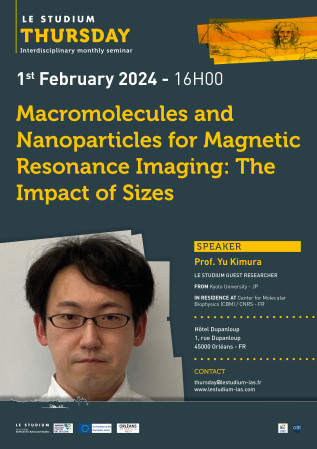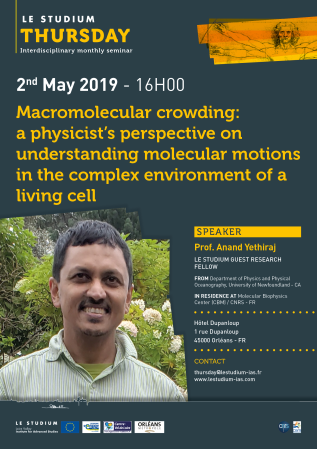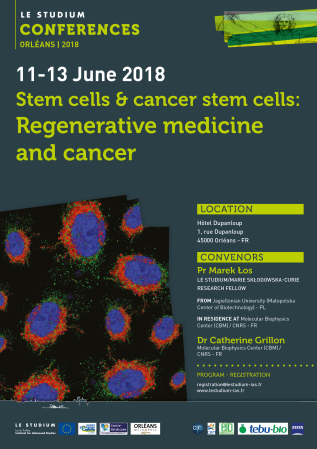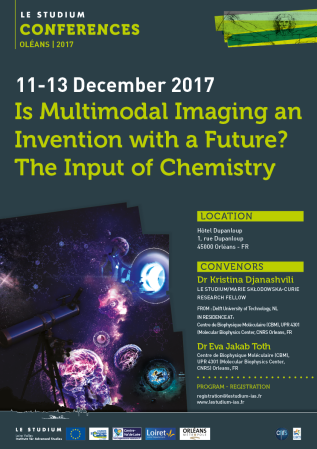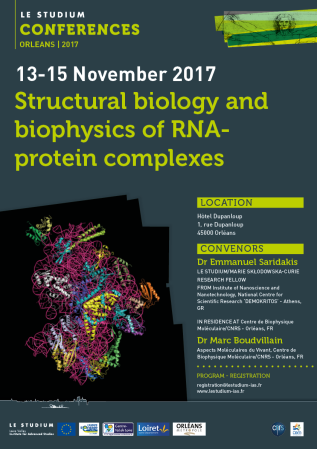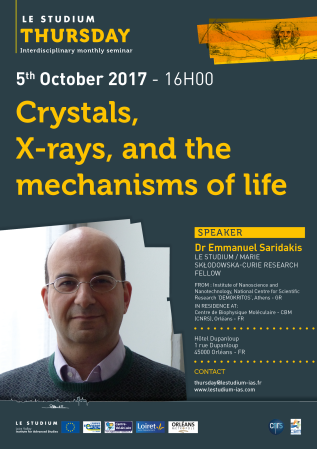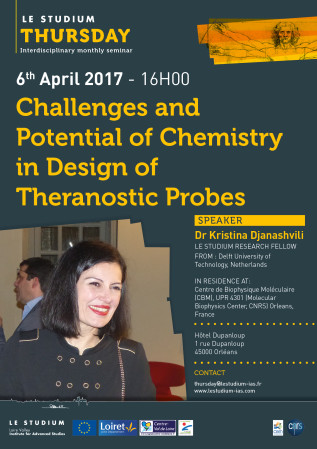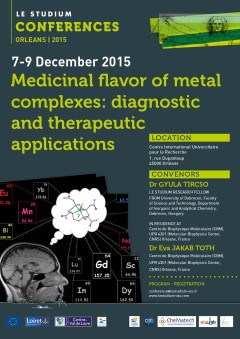Centre for Molecular Biophysics (CBM)


Rue Charles Sadron
CS 80054
Orléans 45071
France
Address 2: 31 avenue Monge, 37200 Tours
Fostering interdisciplinary collaborations between physicist, chemists and biologists, our researches focus on the understanding of the role and the mechanisms of actions of biomacromolecules in human health and the design of new macromolecules. They are applied to cancer, neurosciences, inflammatory diseases, theranostic clinical applications. The four teams of CBM develop re- search in the fields of structural, molecular and cellular biology, chemical biology, biomedical imaging, exobiology and theoretical biophysics. This scientific diversity is an important feature of CBM.
Research Topics:
• Development of new contrasts agents
• Vectorization and formulation of nucleic acids (siRNA, pDNA, mRNA)
• Targets and innovative therapies (oncology, neurosciences, infectiology, immunology, vascular disorders, skin biology)
• Biomolecular engineering: post-translational modifications, chemical engineering of proteins, ribo-switches
• Basic mechanisms of life
• Translational studies (preclinic and clinal trial)
Equipements and technology:
• MO2VING core facility (IBiSA labeled): Mass spectrometry, NMR, Confocal fluorescence microscopy and videomicroscopy, Analytical and sorting flow cytometry, Pre-clinical imaging systems
• Relaxometers
• Automated peptide synthetizer
• Analytical, semi-preparative and preparative HPLCs
• RT-qPCR
• nanoBRET
• Alphascreen
• Complementation assays
• Oxygen-controlled incubators
• In vitro 3D models
• QE measurements
• SEC-MALS
• ITC
• Crystallization
• Cryofixation
• Macro and micro luminescence in the far IR



























